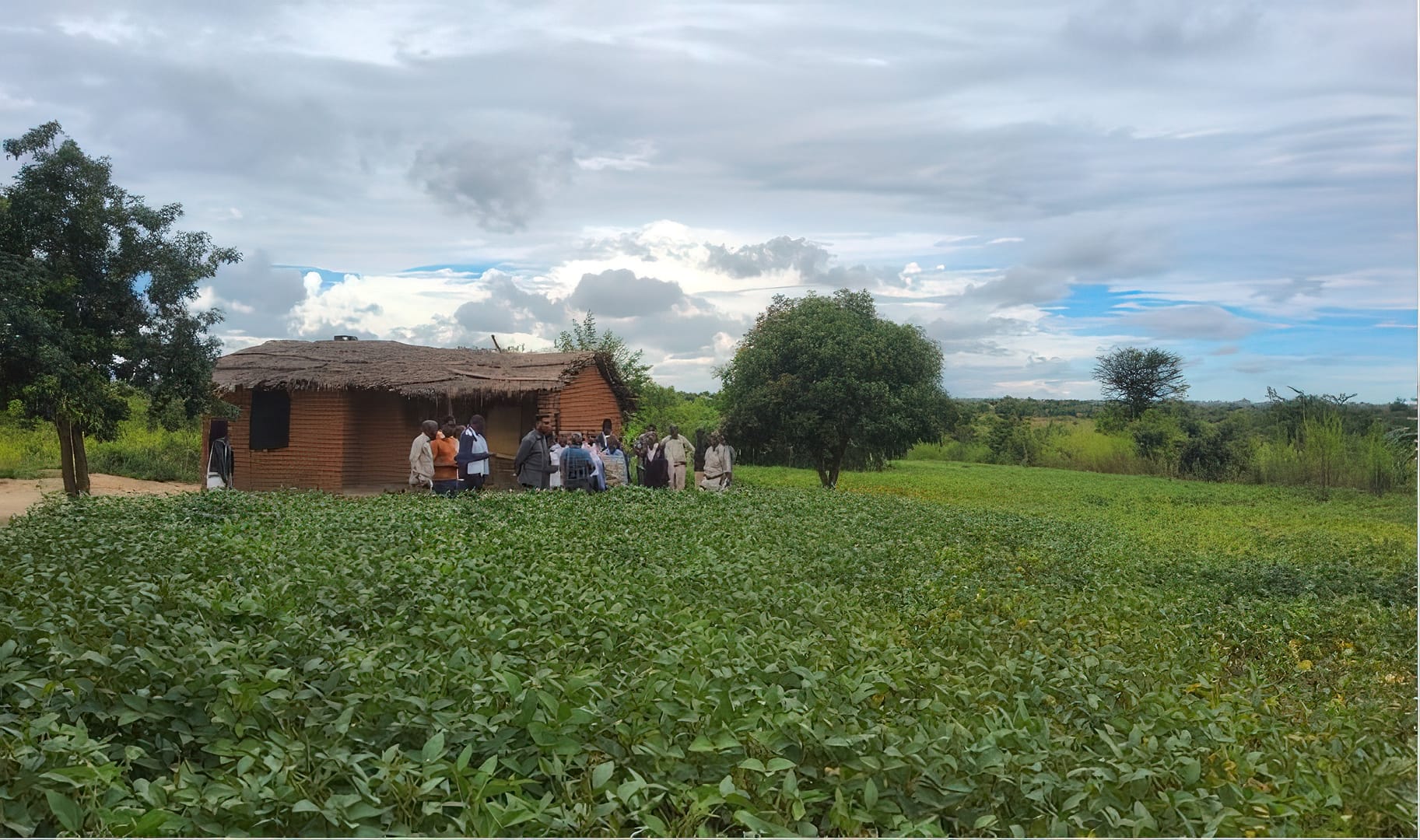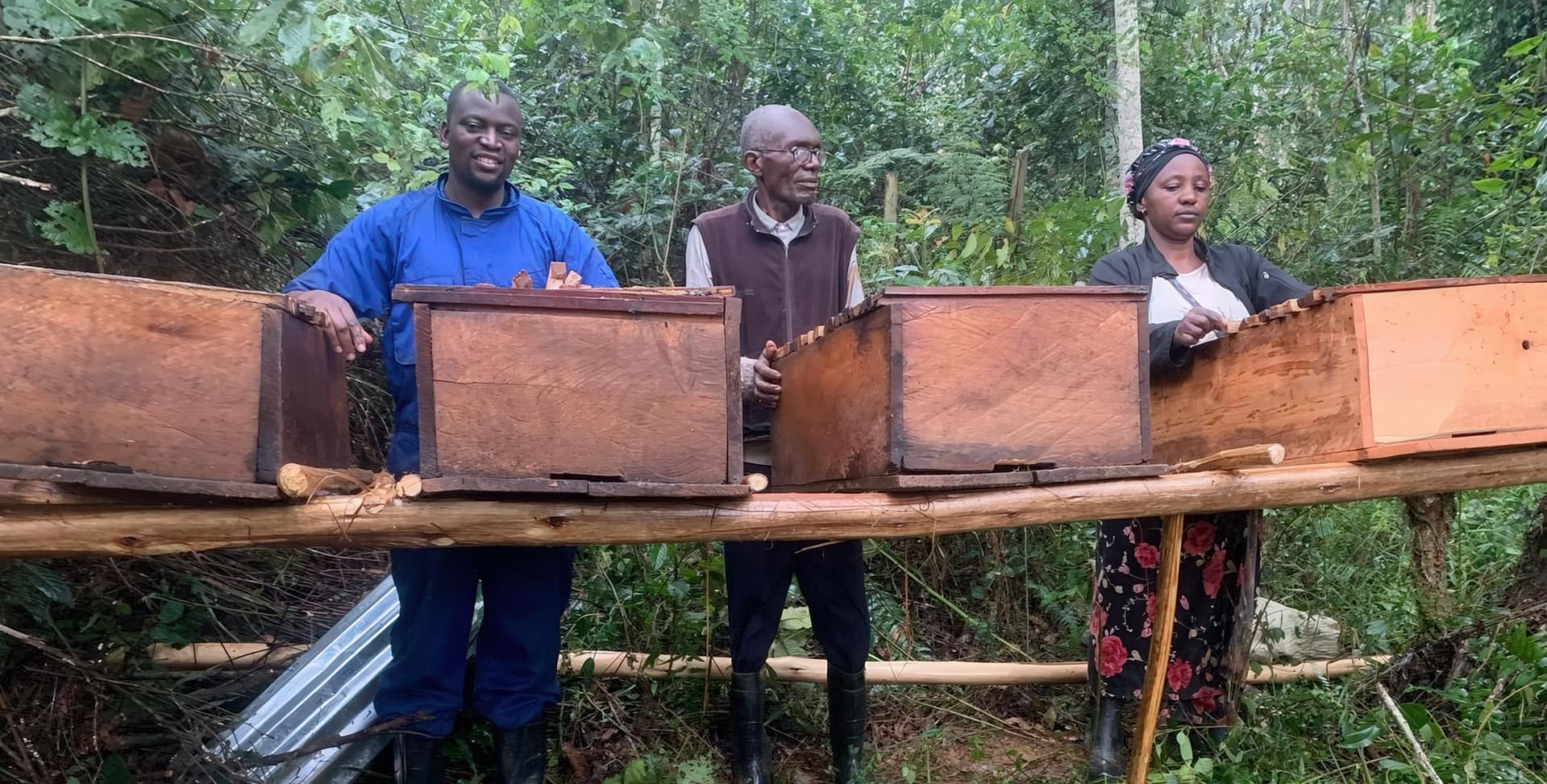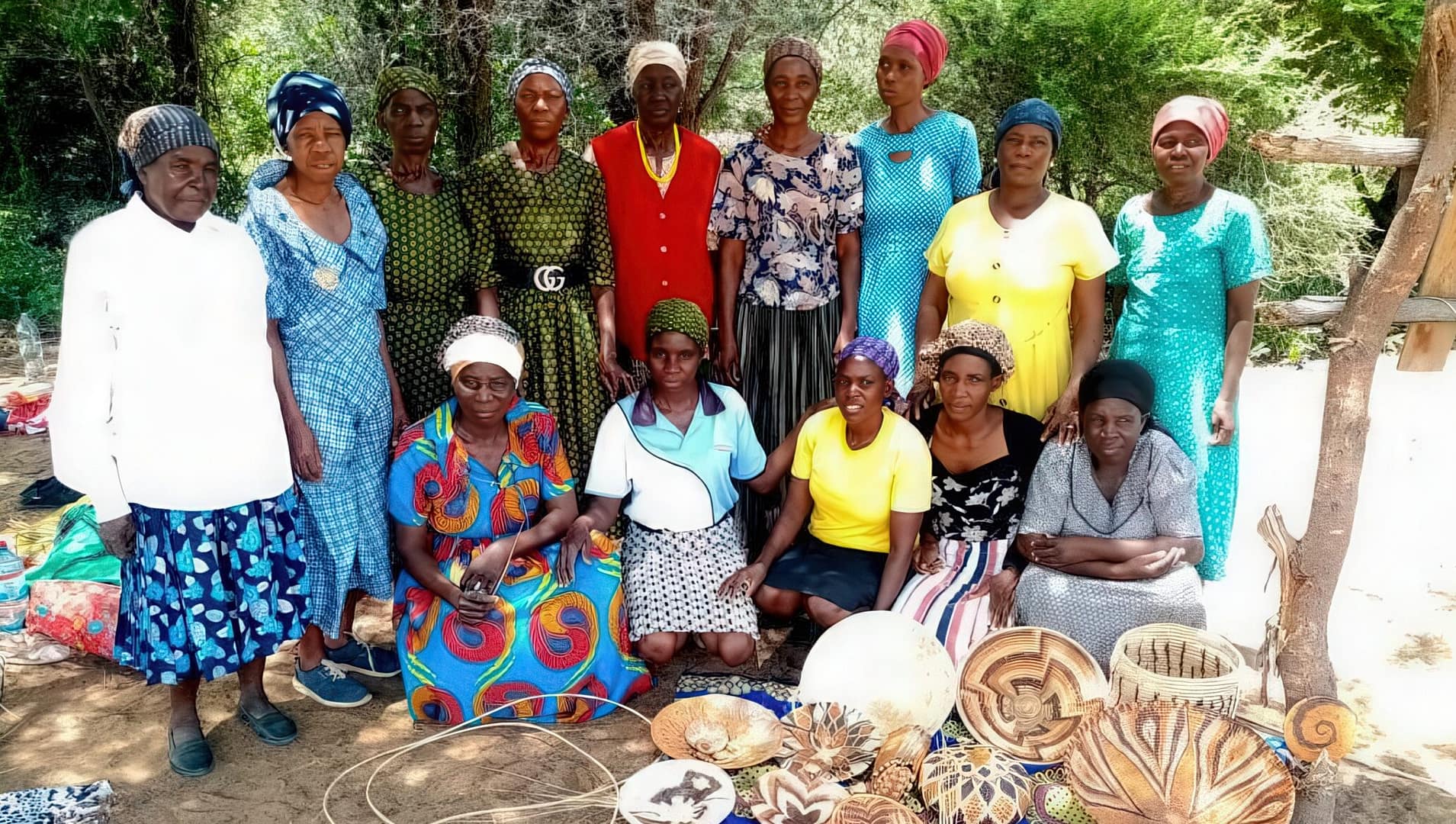
A widow’s triumph: how soya production changes lives around Kasungu National Park, Malawi
Maria is a widow living on the edge of Kasungu National Park in Malawi. After her husband passed away, she was left with five children – two still in school – and only two acres of farmland. Maria’s life has been a daily battle against poverty, as she struggled to clothe and feed her children.
Out of desperation, Maria often ventured into the nearby national park in search of firewood and thatch grass to sell. This put her at risk of harassment from park rangers and attacks by wild animals, but she felt that she had little choice.
Everything changed when Maria attended a community meeting organised by the Kasungu Wildlife Conservation for Community Development Association (KAWICCODA) to tell members of the community about a conservation project funded by the Biodiversity and Protected Areas Management Programme (BIOPAMA). She was thrilled to learn about the income generating opportunities KAWICCODA offered – particularly the chance to start farming soya beans.
While maize is part of the staple diet of people in Malawi, it fetches low prices. Farmers like Maria with small plots of land cannot produce enough maize to feed their families and sell the excess to cover their household needs and school fees. Soya beans are a high value cash crop that can yield economic returns on small plots, while improving the soil by fixing nitrogen from the atmosphere.
As a widow, Maria easily passed the screening process – jointly conducted by KAWICCODA and Mpapa Cooperative – which identified vulnerable families as project beneficiaries. She received 40 kilograms of early maturity hybrid soya seeds, a variety that grows quickly and produces a harvest even if the rainy season is shorter than usual. Climate change is making shorter rainy seasons more common in Malawi; this variety of soya will therefore help farmers face this challenge.
With guidance from agriculture extension officers and training in climate-smart crop production, Maria set to work on her land. Despite the rains ending prematurely, Maria’s hard work paid off. She managed to harvest about 750 kilograms, of which she gave 100 kg back to KAWICCODA’s rolling seed bank to help other vulnerable households in this landscape.
Soya prices were in her favour at harvest time, allowing her to sell the remaining 650 kg for about US$ 350. She used the money to buy household goods and clothes, and to pay school fees for her two school children. She saved some of her money with the local village banking group and set aside some of the soya beans to be used as seeds for the next season’s crop.
Now that Maria is meeting her family’s needs from her small plot, she no longer risks her life by entering Kasungu National Park. If the same support is provided to hundreds of households living on the park’s boundary, it will greatly reduce the pressure on the park. This will improve relations between park rangers and the neighbouring community, ultimately generating broad-based, local support for nature conservation.


